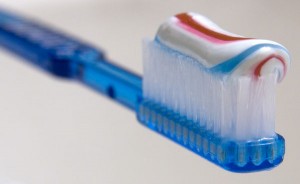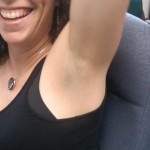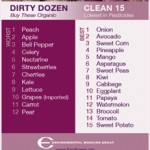Toothpaste
I brush my teeth 2-3 times a day. That is nearly 1000 times per year. I also blackmail bribe ensure that my three children brush at least twice a day (with varying degrees of success). I am clearly a busy woman, so I don't want to have to think about toothpaste every time this event happens in my house. Dental health needs to be a no brainer.
Until recently, my dental care was focused, naively, on teeth.

Toothpaste, though developed for use in the mouth, is full of "stuff" we have no business ingesting. Even if you are not swallowing dental products, the mucus membranes in the mouth are a fast delivery system into the bloodstream. This begs the question: what exactly is in toothpaste?
Inactive ingredients, which bestow a product with taste, texture and color, top the list of toxicity. Sodium Lauryl Sulfate (SLS) and Sodium Laureth Sulfate (SLES) are common foaming agents in shampoo, soap and toothpaste. A little research, and it turns out they are also used "as surfactants in engine degreaser and in car wash soaps."
This does not begin to cover the food dyes that give toothpaste the fancy racer stripes or pretty aqua colors, or the artificial flavors that make us feel all minty fresh. Children's toothpaste does not fare any better.
Fortunately, there are many alternatives. A perusal of the Skindeep database revealed some reasonably priced options readily available in most co-ops or high-end grocery stores: Jason, Peelu, and Tom's of Maine all offer a wide range of products that don't rank above a "2" on the Skindeep scoring system (10 being horrific).
With my family of 5 brushing nearly 4000 times per year (some of us more than others), I am grateful for the peace of mind that a "good" toothpaste offers.




